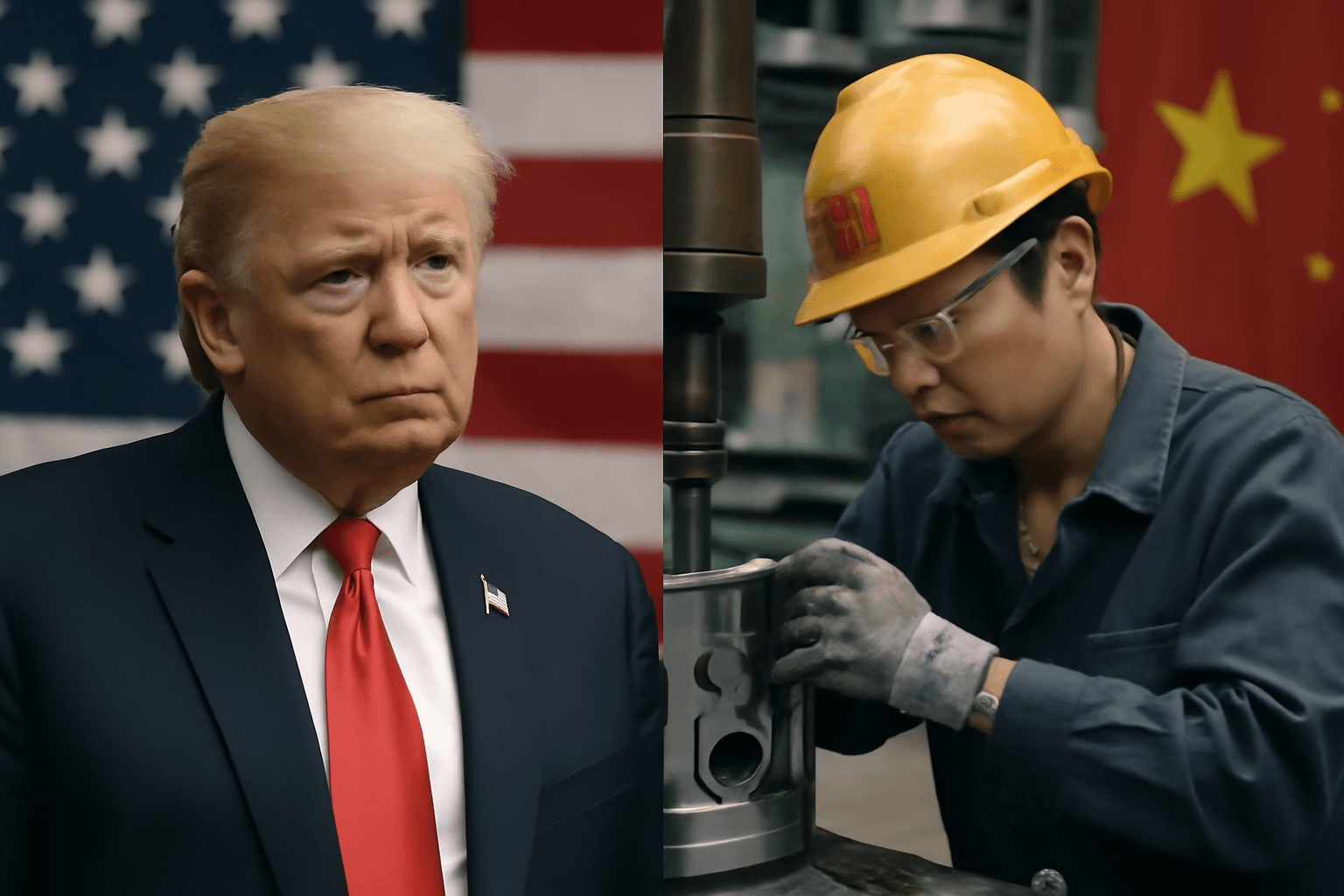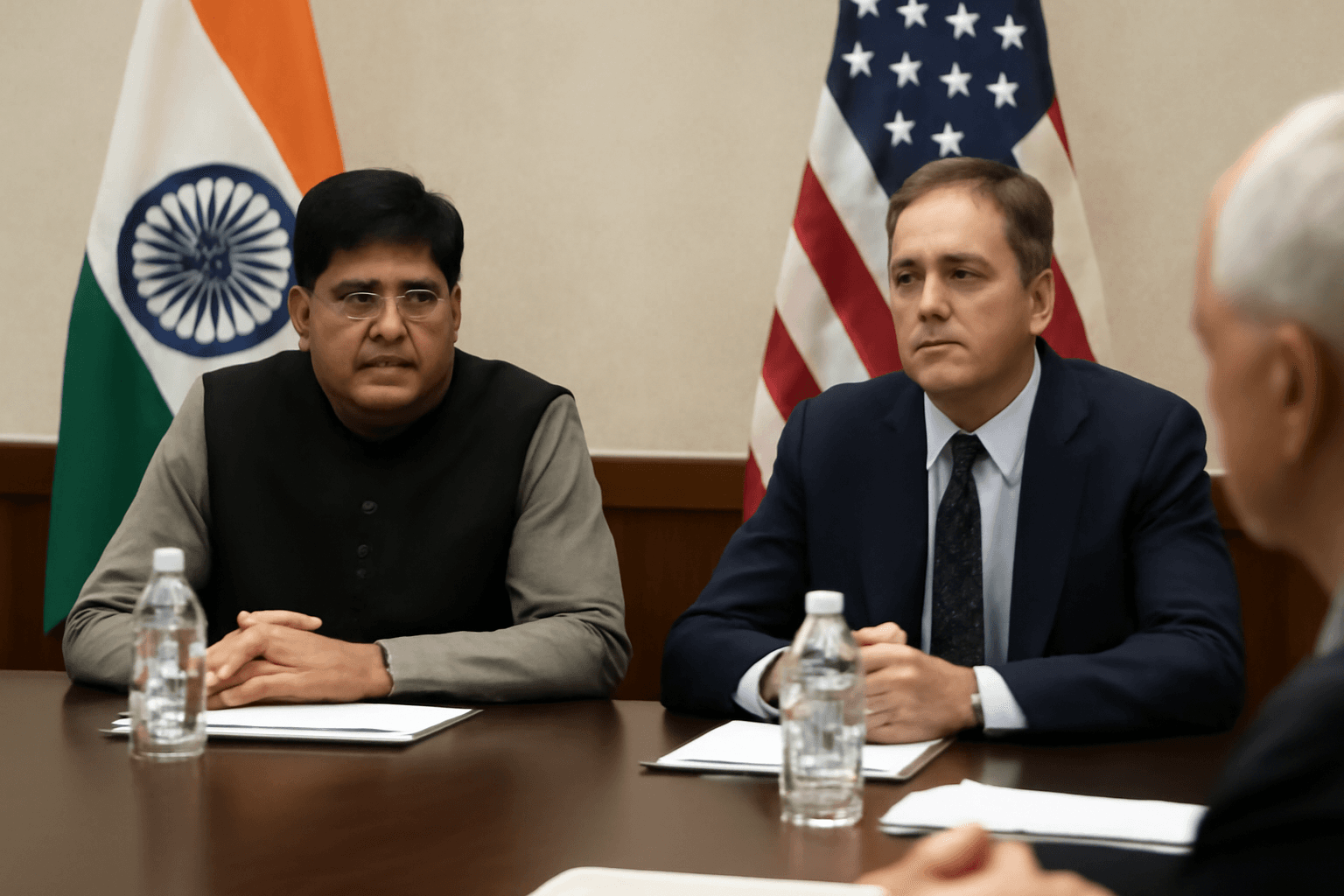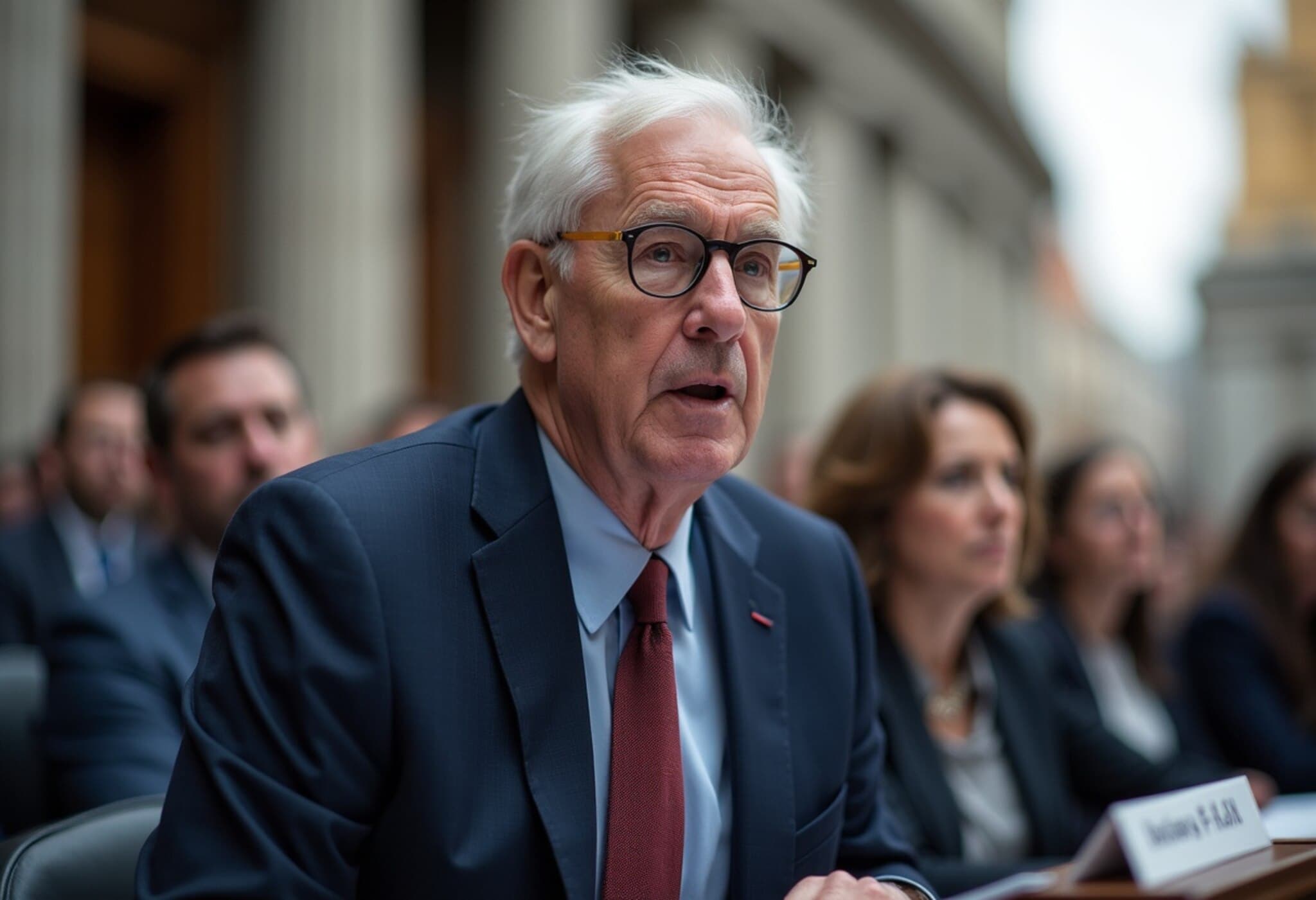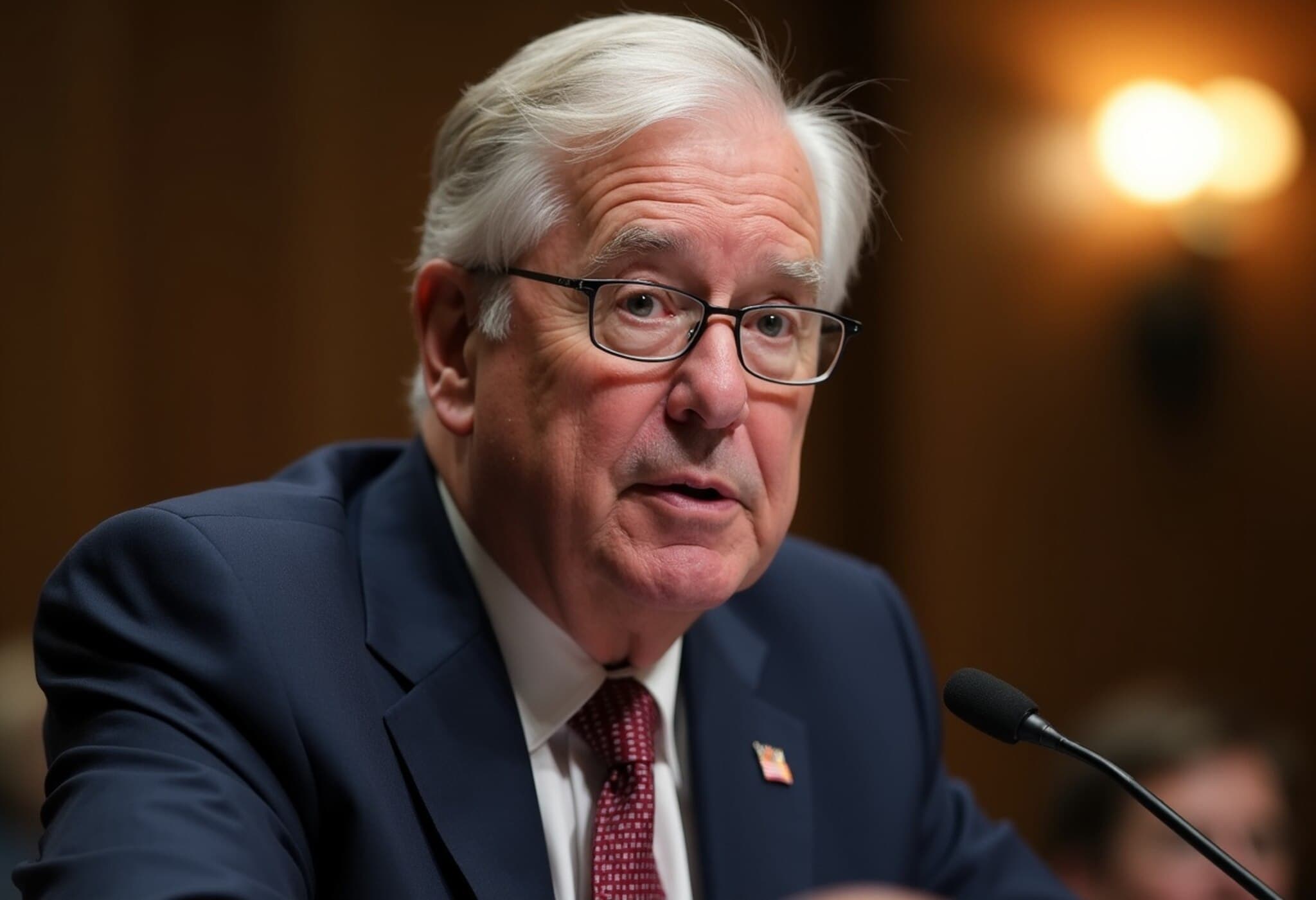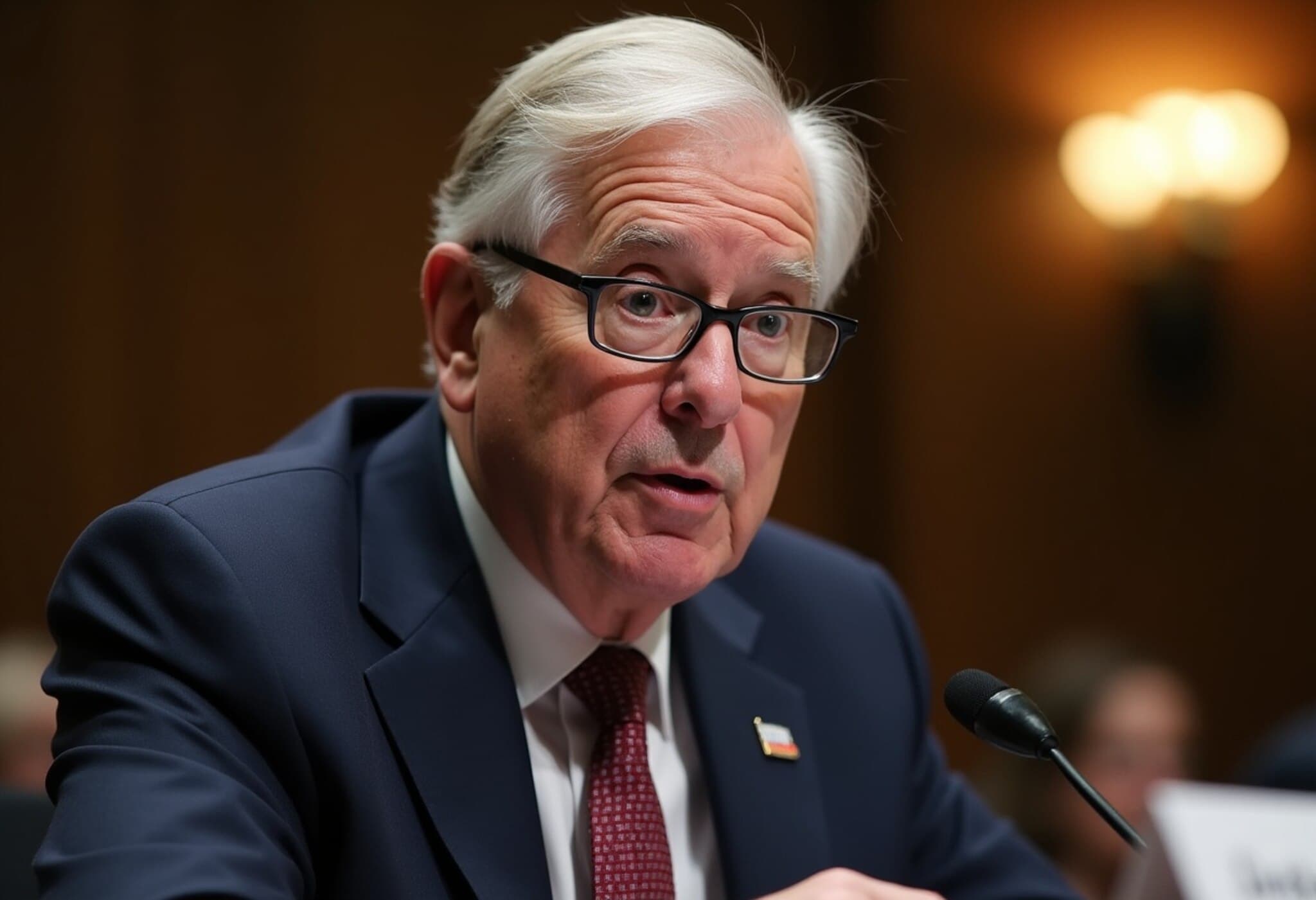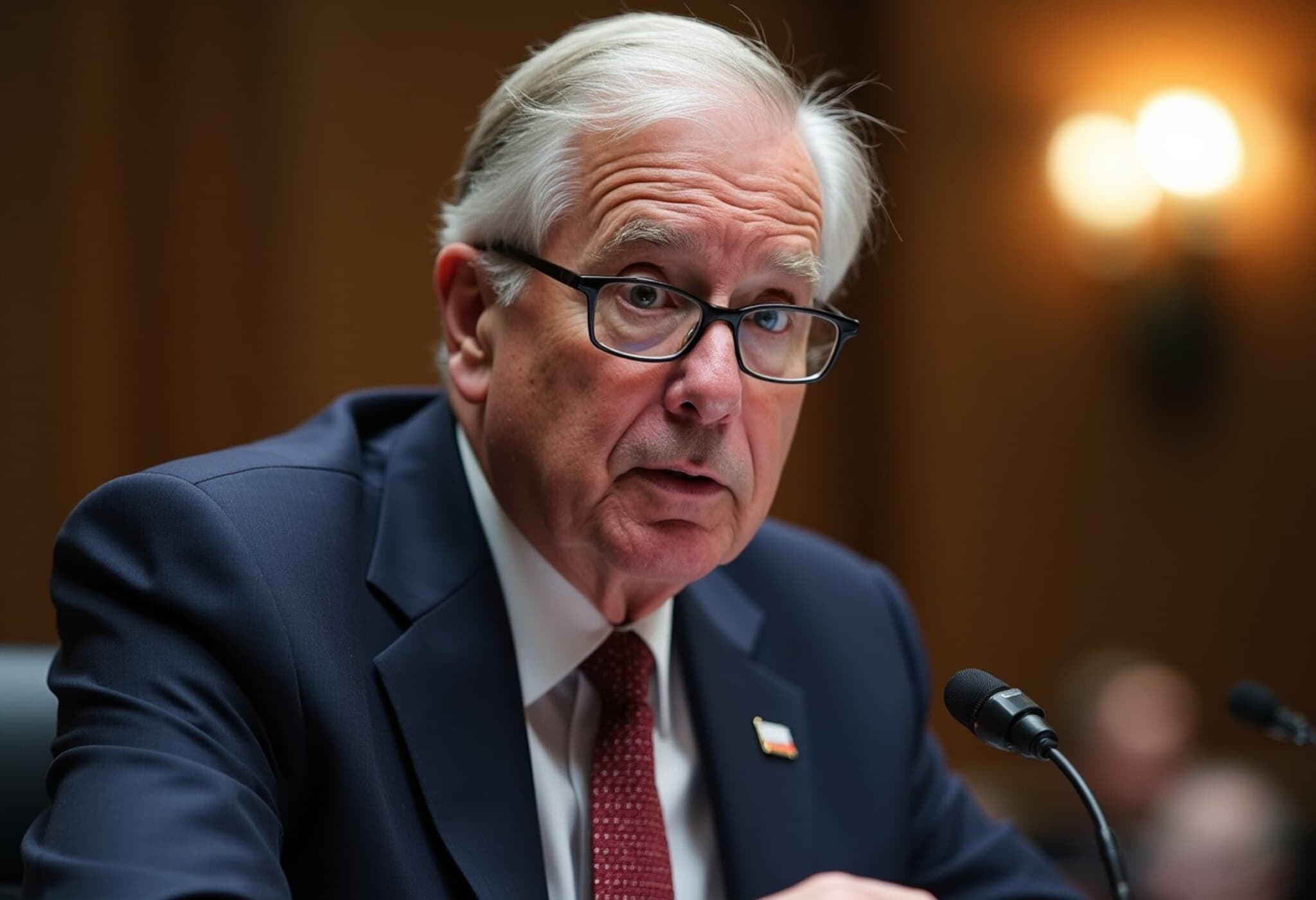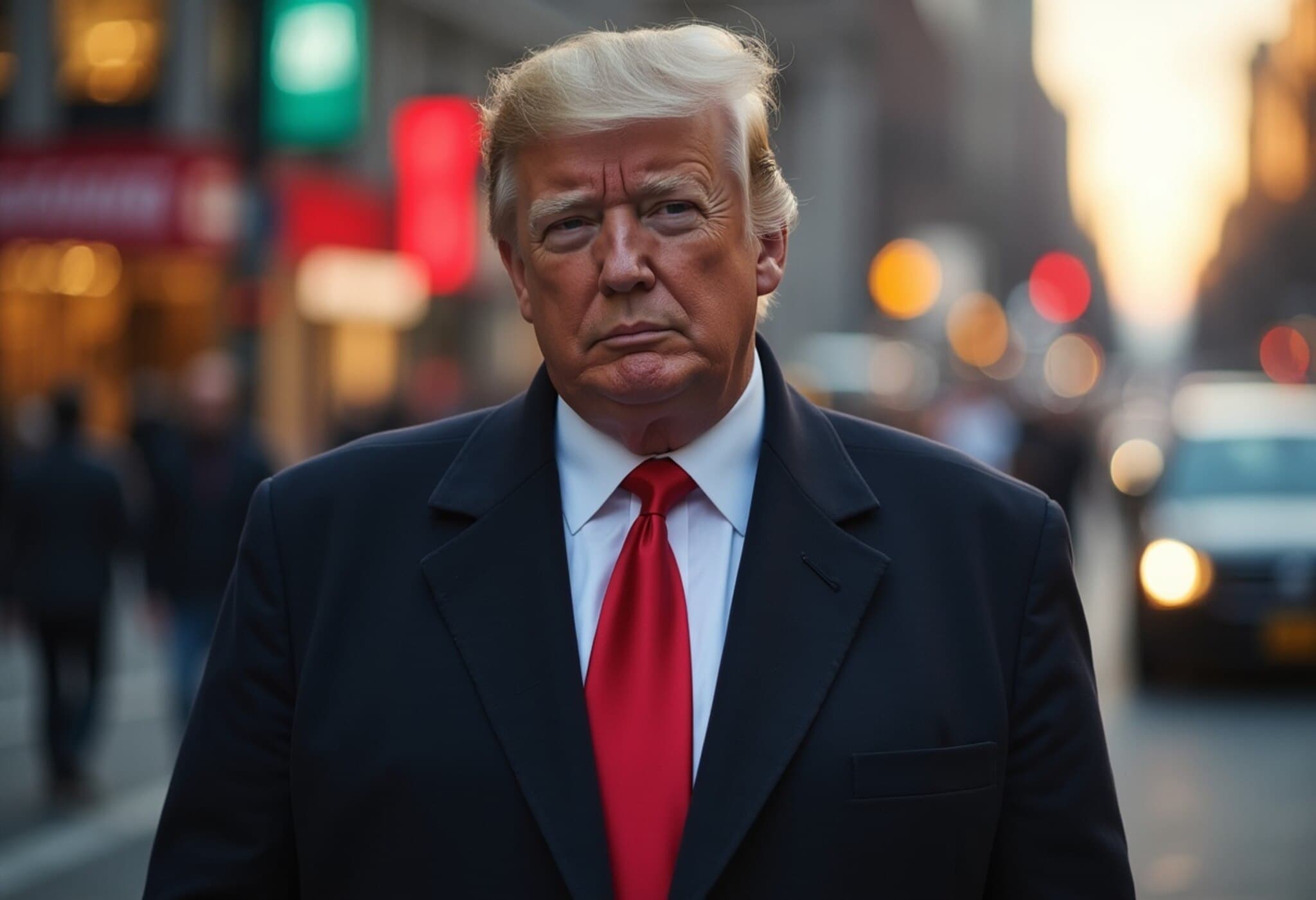Markets Stumble Amid Mixed Signals on Trade and Inflation
U.S. stock markets took a downturn on Wednesday, even as fresh data pointed to encouraging signs in trade and inflation. The S&P 500 fell 0.27%, snapping a three-day winning streak, while the Dow Jones Industrial Average slipped by 0.5%. Meanwhile, the Nasdaq closed mostly flat. Across Asia, Japan's Nikkei declined 0.61%, but South Korea’s Kospi climbed 0.68%, marking its seventh consecutive day of gains.
Trade Tensions: Pause Possible but Tariffs Remain Firm
In a recent congressional hearing, U.S. Treasury Secretary Scott Bessent indicated the administration is considering an extension of the current 90-day tariff suspension, which is due to expire on July 9. This pause affects some of America's major trading partners and could be prolonged if negotiations show progress. Bessent noted ongoing efforts to secure deals with 18 key nations.
However, Commerce Secretary Howard Lutnick clarified that existing tariffs on China are not expected to change, despite past statements suggesting otherwise. The blanket tariffs stand at 30%, with an additional 25% on select products, totaling a persistent and significant trade barrier. Investors remain cautious, as reflected in the market’s muted response to the reaffirmed trade frameworks between the U.S. and China.
Economic Indicators Offer a Mixed Picture
The U.S. consumer price index (CPI) for May showed a modest rise of 0.1% month-over-month, below the anticipated 0.2%. On an annual basis, CPI grew by 2.3%, undercutting expectations of 2.4%. Core CPI, excluding volatile food and energy prices, also rose by 0.1% monthly and 2.8% annually, slightly below forecasts.
Despite subdued inflation, signs of economic fragility are emerging. The U.S. government ran a $316 billion deficit in May, reversing April’s temporary surplus. The year-to-date budget shortfall has ballooned to $1.36 trillion, up 14% from last year. Rising interest expenses on the nation’s $36.2 trillion debt—now exceeding $92 billion monthly—are a thorny fiscal challenge.
Expert Outlook: Dimon Warns of Economic Risks
Reflecting on these dynamics, a leading banking executive cautioned that the groundwork supporting the economy during the pandemic is fading. Jamie Dimon, CEO of JPMorgan Chase, suggested there is a realistic possibility that the U.S. economy could deteriorate in coming months, citing vulnerabilities tied to prior fiscal stimulus and shifting monetary policies.
The Fed’s Future: Speculation on Leadership Changes
Amid this uncertainty, speculation continues regarding the Federal Reserve’s leadership. Although Jerome Powell’s term doesn’t expire until May 2026, reports suggest the current administration might be contemplating a “shadow” Fed chair to influence direction behind the scenes, potentially signaling shifts in monetary policy aligned with presidential preferences.
China's Semiconductor Ambitions Under Pressure
On the international front, China has mobilized billions of dollars in an aggressive push to overcome U.S. restrictions on advanced semiconductor imports, especially those critical for artificial intelligence development. Although some progress has been achieved through sheer force of investment, experts agree significant hurdles remain.
U.S. curbs not only bar China from obtaining the most cutting-edge chips but also restrict access to essential manufacturing equipment and supporting technologies necessary to build a sustainable AI chip ecosystem. These sanctions affect the entire semiconductor value chain, from design to memory components, considerably complicating China’s advancement efforts.
Looking Ahead
As markets digest these complex interplays of trade, fiscal health, inflation, and geopolitical maneuvering, investors and policymakers alike face a murkier path forward. With tariff uncertainties, budgetary pressures, and global tech competition intensifying, the coming months will be crucial in determining the trajectory of the world's largest economy.






